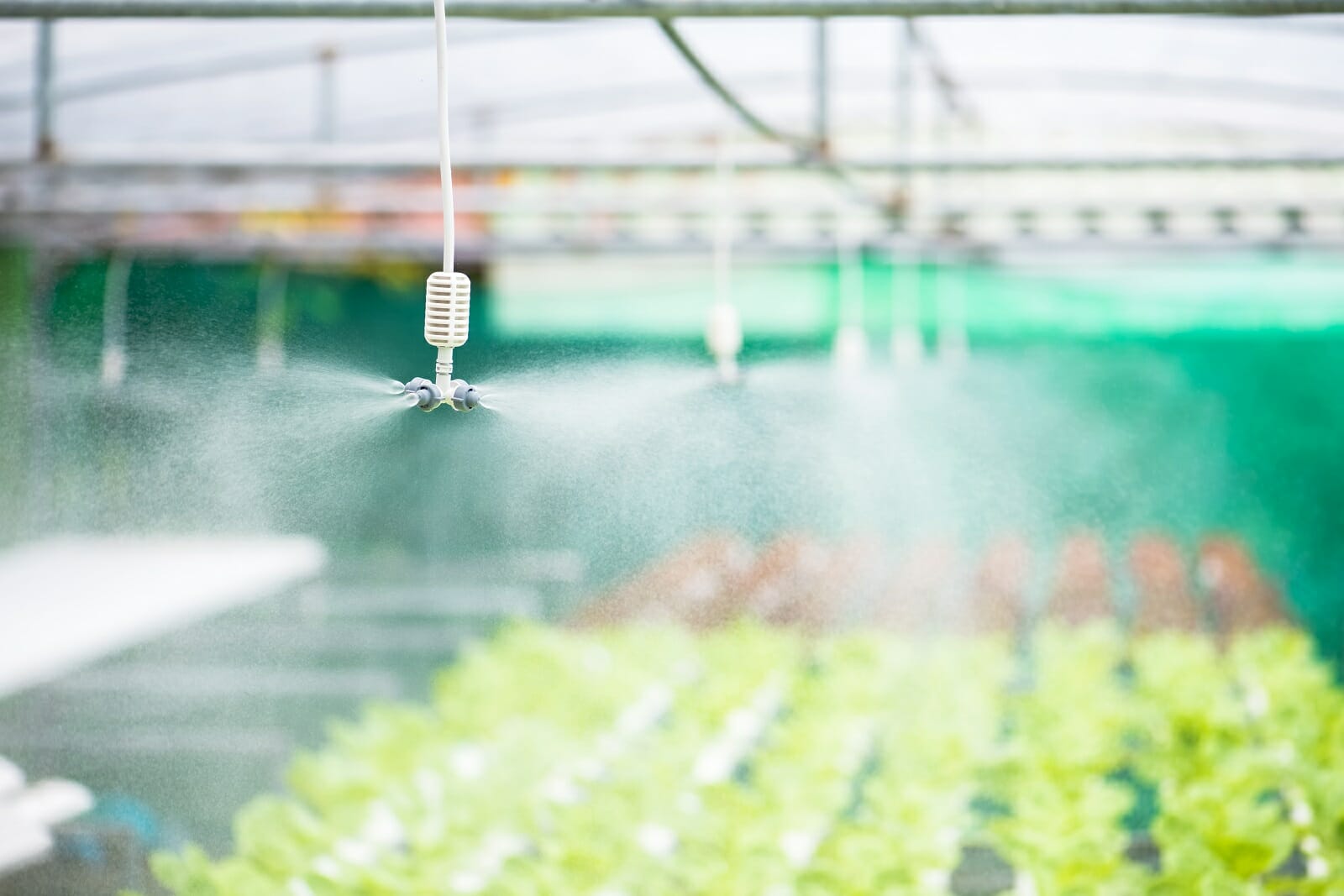Vapor Pressure Deficit and Indoor Growing
Part 2: Why is VPD Important?

Written by Mike Steffes – Quest Dehumidifiers
Why Vapor Pressure Deficit is Important
Plants survive and grow using sunlight, carbon dioxide, and water plus a number of inorganic elements (N, P, K, Ca, Mg, etc.).
Plant metabolism runs off of two major classes of reactions:
- Light dependent reactions– these use water and produce oxygen as a byproduct. These reactions provide the plant with the energy it needs to grow; they are the source of the short-term energy-rich molecules, ATP (Adenosine triphosphate) and NADPH (nicotinamide adenine dinucleotide phosphate). ATP and NADPH are produced from sunlight acting on the plant’s chlorophyll.
- Light independent reactions– these take carbon dioxide from the atmosphere and convert it into carbohydrates for long-term growth and metabolism. These reactions provide the plant with the complex molecules that it needs in order to grow; light independent reactions are driven by the energy from the ATP and NADPH molecules (the molecules are then sent back for “recharging” to the light dependent system).
Most plants capture atmospheric carbon dioxide through tiny pores (stomata) in their outer skin (epidermis) on the bottom of the leaf.
With proper VPD, just the right amount of water vapor will diffuse out of the humid interior into the atmosphere through the stomata.
Because water and oxygen must diffuse out while CO2 must diffuse in through the stomata, plants have an ongoing dilemma. Allowing maximum inflow of CO2 for photosynthesis maximizes growth but wide-open stomata can lead to dehydration. Therefore, stomata must work to optimize plant metabolism by balancing photosynthesis and transpiration.
If too dry air induces a plant to transpire too much water, excess nutrient salts can accumulate in the leaves. This kills leaf cells and causes the leaves to display what is known as nutrient “burn”. To prevent this from happening, plants will try to limit transpiration by closing their stomata. This, of course, blocks the flow of CO2 into the plant, reducing growth. Plants also protect themselves by rolling their leaves upward to reduce the leaf exposure area to light. Depending on the severity of conditions, this self-defense strategy may only work for a short time.
When too-moist air restricts the rate at which moisture can evaporate from the leaves, the plant cannot bring enough nutrients up from the roots. This will drastically reduce plant growth and weaken the plant, making it more susceptible to fungal attack. Sometimes the accumulating water from the roots will force its way out, showing up around the leaf margins or where the leaf attaches to the stem. This is called guttation and it is the equivalent attraction of a 75%-off sale to fungus. Fungal attack is the major reason you must avoid high moisture conditions.
Rapid air movement can partially compensate for too moist air. Leaves have a thin, boundary layer of stagnant air that resists transpiration. Air movement breaks-up that layer. Conversely, if the air is a little too dry, keeping room air circulation outside of the canopy area can help the plants cope.
Published on May 15 2017
Last Updated on Feb 21 2024
Categories: Agriculture, Commercial Dehumidifier, Growing Cannabis, High Plant Yield
Tags: vapor pressure deficit
